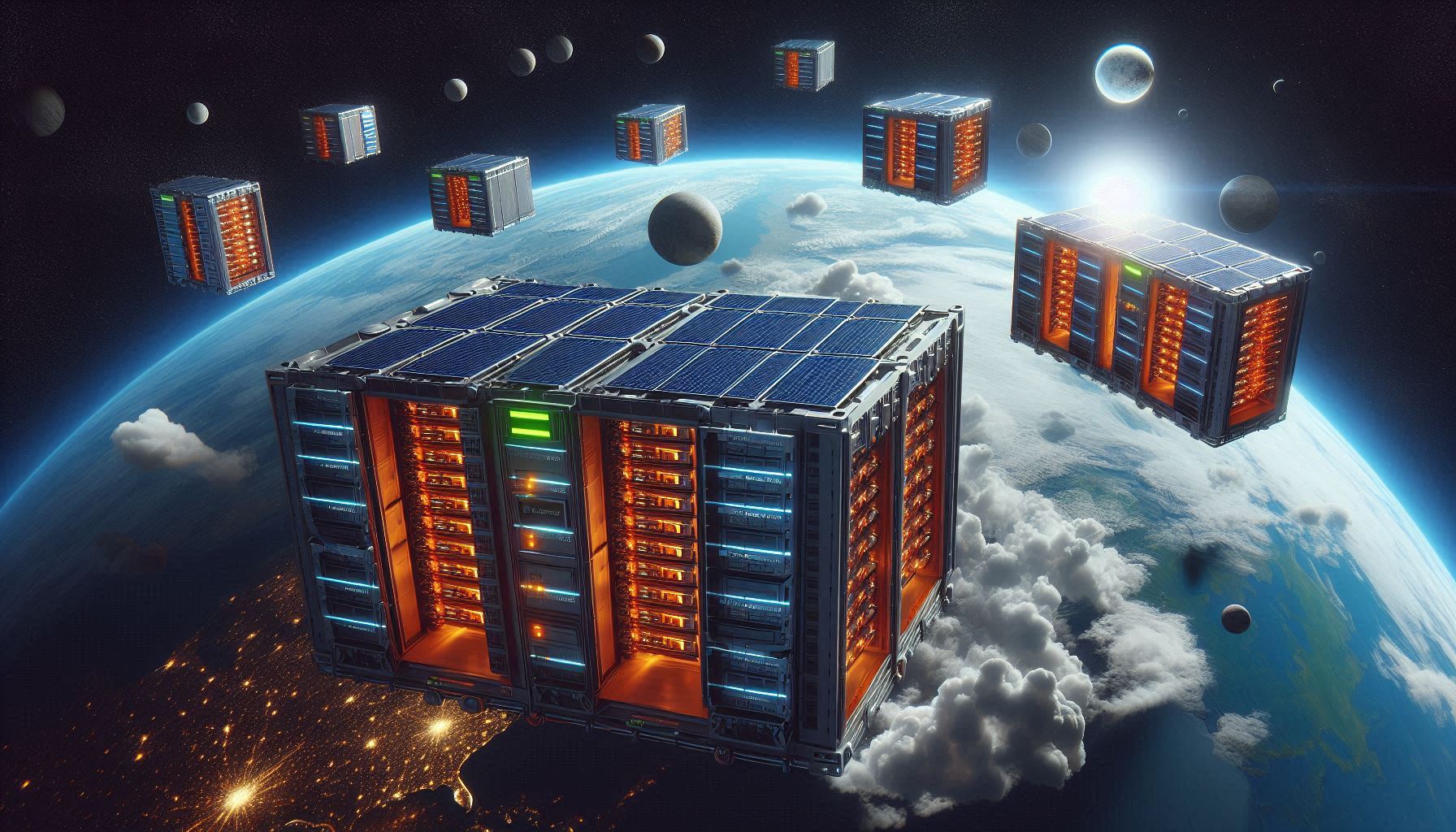
Container Server Nodes in Orbit: The Next Revolutionary Step?
My thoughts on a crazy idea that might change everything: 2,800 satellite server nodes as the first step in a new global computing market from space.
My thoughts, tutorials, and insights on web development, AI, technology & science.


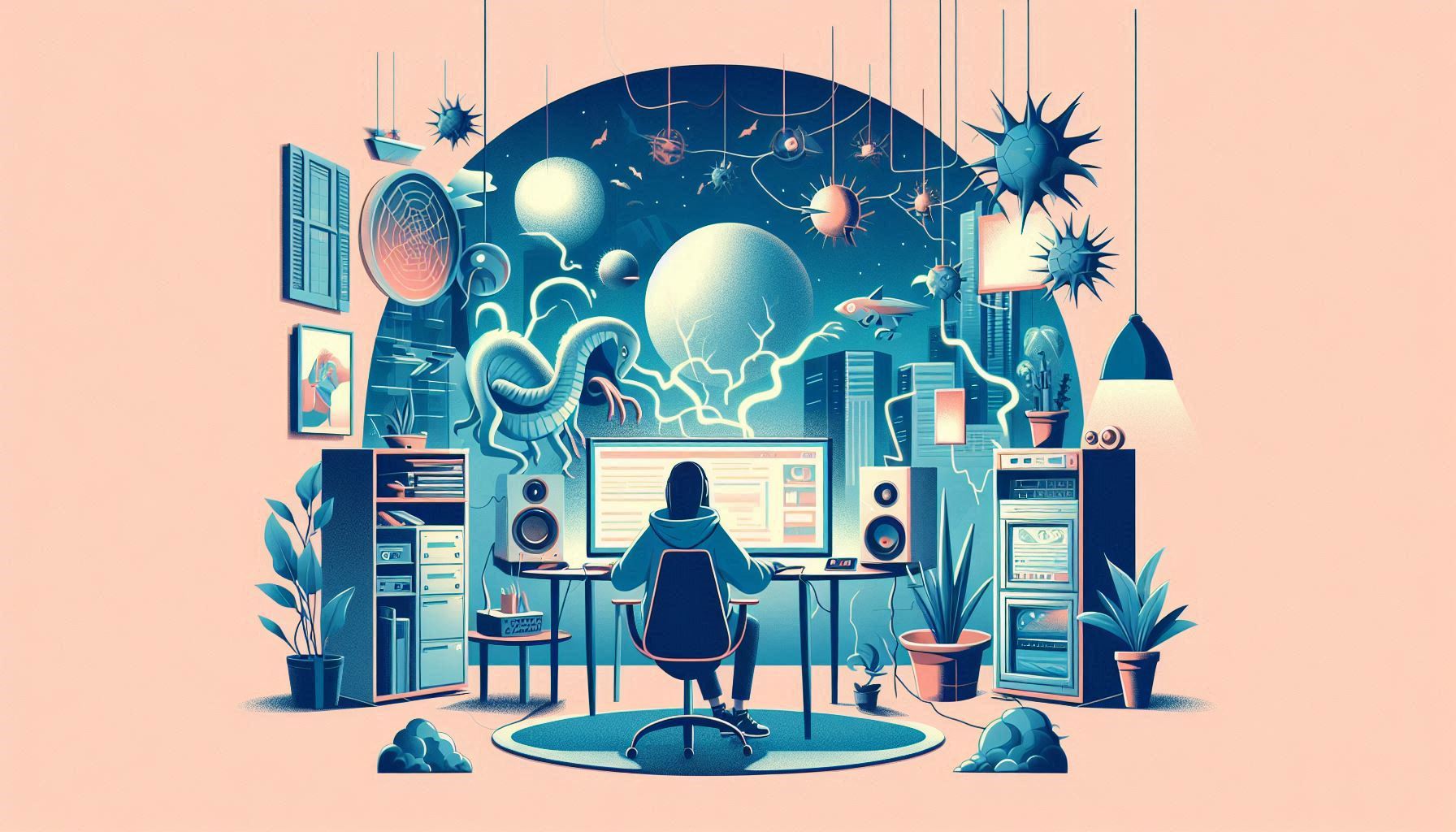


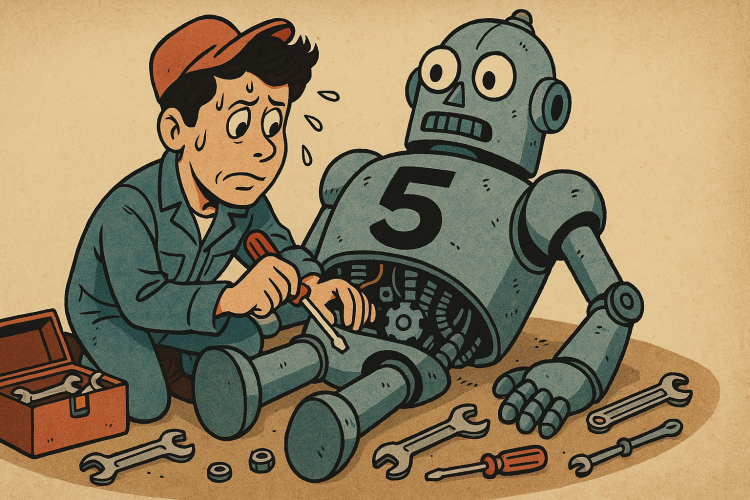
In a surprising turn of events, OpenAI has re-enabled access to legacy ChatGPT models following widespread user complaints about GPT-5's inconsistent performance and decision-making flaws.

A casual, beginner-friendly guide to running AI models locally with GPT4All — no fancy hardware required.

An introduction to Ollama—how it works, why it matters, and how to get started running powerful AI models right on your own machine.

OpenAI has officially launched GPT-5, the most advanced iteration of its language model. Here's everything you need to know about the new capabilities, features, and improvements.
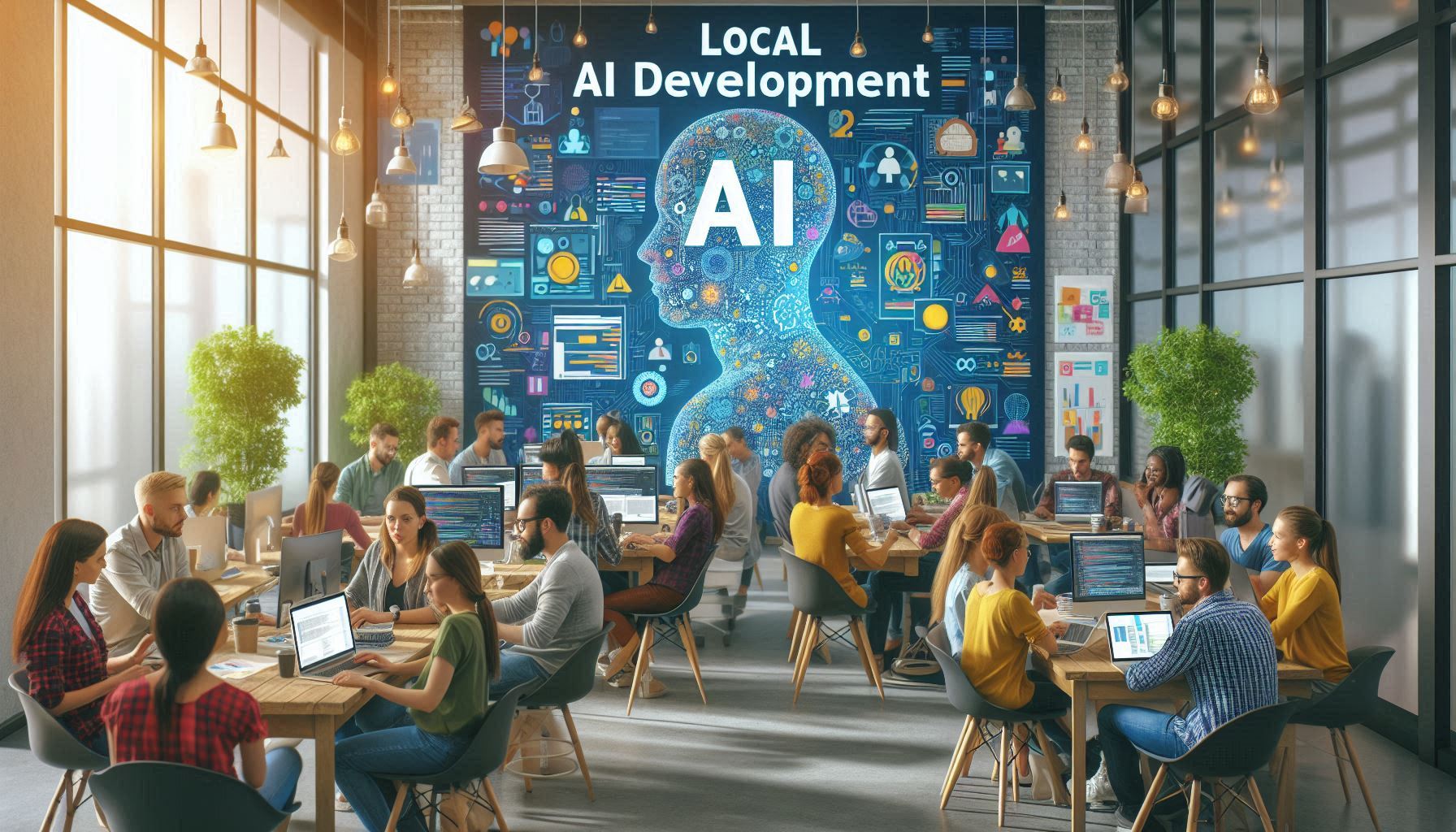
Learn how to set up and use Bolt.AI with Ollama to run powerful AI coding assistance completely offline on your local machine, without any subscription fees.

Over the last year, I've been gradually moving away from the old stack of WordPress and heavy JavaScript frontends. I didn't expect to get excited about yet another framework, but Astro really surprised me.

Complete guide to building modern business websites with React and Tailwind CSS. Includes performance optimization tips and how AI-powered editors like Cursor and Windsurf can accelerate your development.

Learn how custom AI chat assistants can transform your e-commerce business with 24/7 customer support, personalized shopping experiences, and increased sales conversions.

Discover how real-time performance analysis can optimize your website speed, improve search rankings, and enhance user experience with continuous monitoring and optimization strategies.
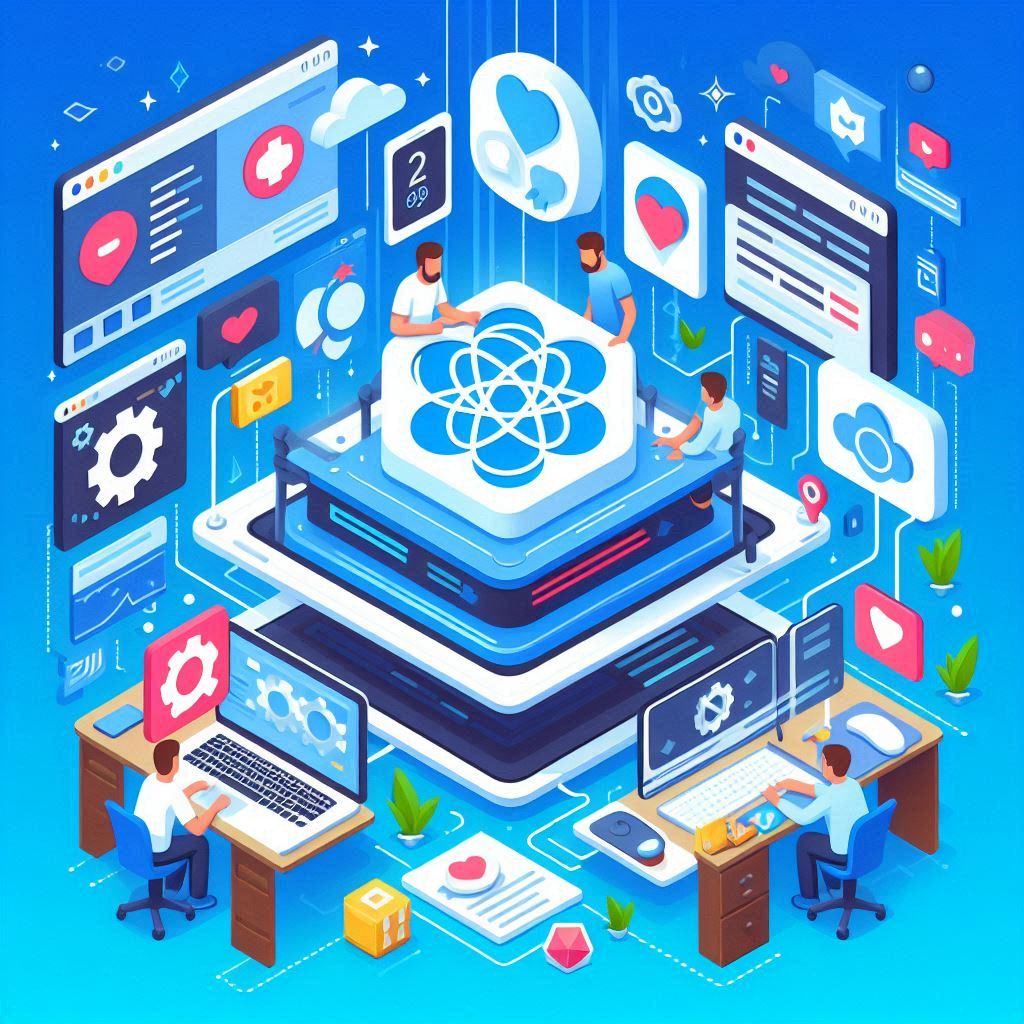
Discover how we built a comprehensive online ordering system for restaurants, featuring real-time kitchen notifications, delivery tracking, and seamless mobile ordering experience.